Angiotomography is a rapid diagnostic examination that allows the perfect visualization of fat or calcium plaques inside the veins and arteries of the body using modern 3D equipment, very useful in coronary and cerebral disease, but which can also be requested to evaluate vessels in other parts of the body.
The doctor who usually requests this test is the cardiologist to evaluate the involvement of the heart's blood vessels, especially if there are other altered exams such as the stress test or scintigraphy, or for an evaluation of chest pain, for example.
The price of the angiotomography varies between 200 and 900 reais, depending on the size of the area that will be visualized.

What is Angiotomography?
The angiotomography is used to clearly observe the internal and external part, diameter and involvement of the blood vessels, clearly showing the presence of plaques of calcium or fat plaques in the coronary arteries, and also serves to clearly visualize the cerebral blood flow, or in any other area of the body, such as lung or kidneys, for example.
This exam can detect even the smallest coronary calcifications resulting from the accumulation of fat plaques inside the arteries, which would not be identified in a common examination, such as the exercise electrocardiogram, for example.
Main indications of angiotomography
The following table indicates some possible indications of each type of this exam:
| Type of exam | Some indications |
| Coronary angiotomography |
|
| Cerebral arterial angiotomography |
|
| Cerebral venous angiotomography |
|
| Pulmonary vein angiotomography |
|
| Angiotomography of the abdominal aorta |
|
| Angiotomography of the thoracic aorta |
|
| Angiotomography of the Abdomen |
|
How Angiotomography is Performed
To perform this test the doctor can inject the contrast into the artery you want to see and then the person should enter a CT scanner, which uses radiation to generate images that are seen on a computer. Thus, the doctor can observe in real time how the blood vessels are, if they have calcified plaques or if the blood flow is compromised somewhere.
Preparation before the exam
The angiotomography takes an average of 10 minutes, and 4 hours before the patient should not eat or drink anything.
Drugs taken every day can be taken at the same time, but it is recommended not to take anything containing caffeine and any erectile dysfunction medication 48 hours before the test.
Minutes before performing the angiotomography the individual should take a medicine to lower the heart rate and another to dilate the blood vessels, in order to improve their visualization of the cardiac images.
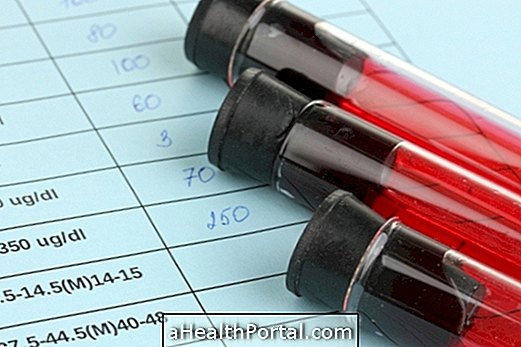

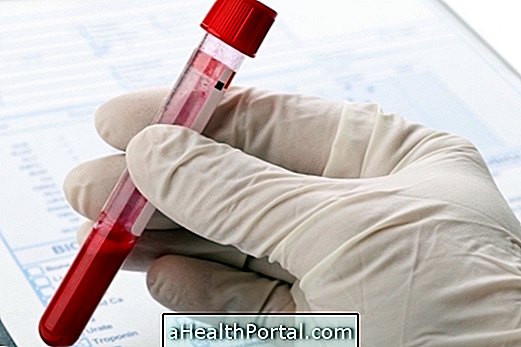

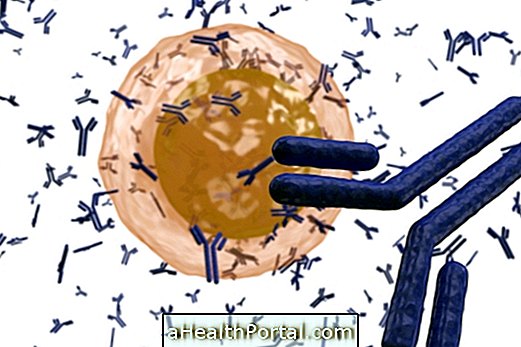
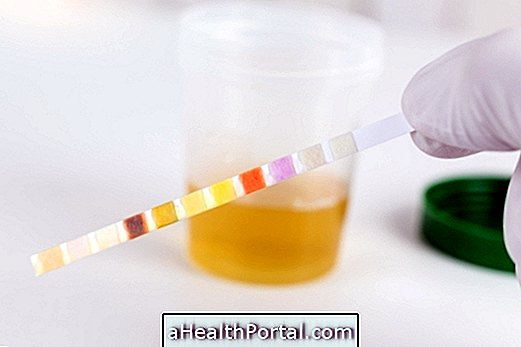

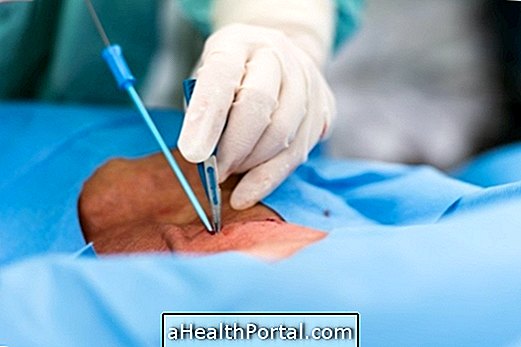




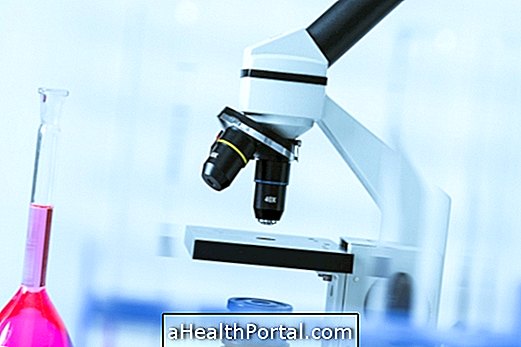
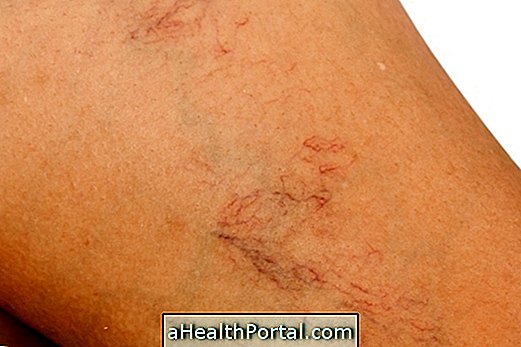


.jpg)






